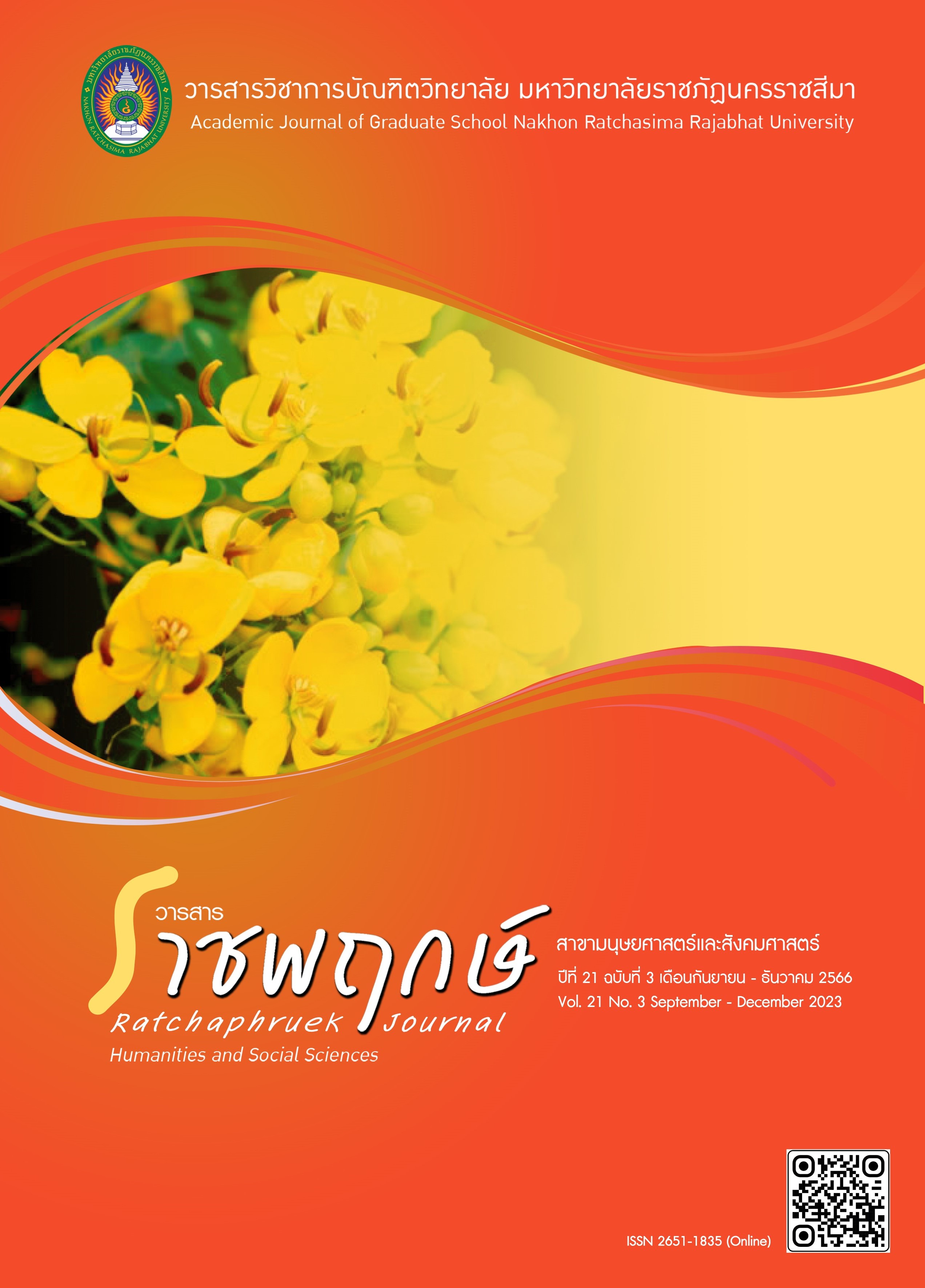การวิเคราะห์สถานการณ์การฟื้นระดับการมีกิจกรรมทางกายของประชากรไทย จากผลกระทบการแพร่ระบาดของโรคติดเชื้อไวรัสโคโรนา 2019 (COVID-19)
Main Article Content
บทคัดย่อ
การศึกษาครั้งนี้มีวัตถุประสงค์เพื่อวิเคราะห์สถานการณ์การฟื้นกิจกรรมทางกายของประชากรในแต่ละกลุ่ม โดยใช้ข้อมูลจากโครงการพัฒนาระบบเฝ้าระวังติดตามพฤติกรรมด้านกิจกรรมทางกายของประเทศไทย ปี 2562-2564 ใช้วิธีการสุ่มตัวอย่างแบบหลายขั้นตอน (Multi-Stages Random Sampling) มีจำนวนตัวอย่างระหว่างปี 2562 ถึง 2564 คือ 7,630, 7,815 และ 7,847 รายตามลำดับ วิเคราะห์ข้อมูลโดยใช้สถิติเชิงพรรณนา (Descriptive statistics)
ผลการศึกษา พบว่า ผู้หญิงได้รับผลกระทบจากโรคติดเชื้อไวรัสโคโรนา 2019 (COVID-19) ร้อยละ 21.5 ซึ่งมากกว่าผู้ชาย (ร้อยละ 19.2) และมากกว่าครึ่งยังไม่ฟื้นระดับการมีกิจกรรมทางกาย ขณะที่ผู้สูงอายุได้รับผลกระทบมากและฟื้นกิจกรรมทางกายช้ากว่ากลุ่มอายุอื่น กลุ่มสถานภาพโสดและหม้ายได้รับผลกระทบมากและยังฟื้นกิจกรรมได้น้อย ระดับการศึกษามีผลต่อการฟื้นกิจกรรมทางกาย โดยการศึกษาสูงขึ้นจะฟื้นกิจกรรมทางกายได้เร็วกว่า และกลุ่มประชากรที่ไม่มีงานทำได้รับผลกระทบมากกว่าอาชีพอื่นและฟื้นกิจกรรมทางกายได้ช้าที่สุด การฟื้นระดับการมีกิจกรรมทางกายของประชากรไทยที่แตกต่างกันแสดงให้เห็นถึงอิทธิพลของความเหลื่อมล้ำด้านกิจกรรมทางกายในสังคมไทยความแตกต่างด้านอายุ เพศ รวมถึงข้อจำกัดด้านการเคลื่อนไหว อันเนื่องมาจากสภาพร่างกาย การเข้าถึงความรู้ หรือรูปแบบการทำงานและการอยู่อาศัยในสภาพแวดล้อมที่แตกต่างกันล้วนมีผลต่อการมีกิจกรรมทางกายที่แตกต่างกัน ดังนั้น การส่งเสริมกิจกรรมทางกายให้กับประชากรไทยจำเป็นต้องสอดคล้องกับสถานการณ์ปัญหา และบริบทของสังคม
Article Details

อนุญาตภายใต้เงื่อนไข Creative Commons Attribution-NonCommercial-NoDerivatives 4.0 International License.
เอกสารอ้างอิง
กองกิจกรรมทางกายเพื่อสุขภาพ กรมอนามัย กระทรวงสาธารณสุข. (2560). แผนแม่บทการส่งเสริมกิจกรรมทางกาย (พ.ศ. 2561-2573). สืบค้นเมื่อ 2 มิถุนายน 2566, จาก https://extranet. who.int/ncdccs/Data/THA_B12_Physical%20activity%20promotion%20plan%202018-2030.pdf
ศูนย์พัฒนาองค์ความรู้ด้านกิจกรรมทางกายประเทศไทย สถาบันวิจัยประชากรและสังคม มหาวิทยาลัยมหิดล. (2564). โครงการการสำรวจเฝ้าระวังติดตามพฤติกรรมด้านกิจกรรม ทางกายของประชากรไทย ปี 2562-2564. นครปฐม: สถาบันวิจัยประชากรและสังคม มหาวิทยาลัยมหิดล.
Bull, F. C., Al-Ansari, S. S., Biddle, S., Borodulin, K., Buman, M. P., Cardon, G., ... & Willumsen, J. F. (2020). World Health Organization 2020 guidelines on physical activity and sedentary behaviour. British Journal of Sports Medicine, 54(24), pp. 1451-1462.
Castañeda-Babarro, A., Arbillaga-Etxarri, A., Gutiérrez-Santamaría, B., & Coca, A. (2020). Physical activity change during COVID-19 confinement. International journal of environmental research and public health, 17(18). pp. 1-10. Retrieved July 20, 2023, from https://doi.org/10.3390/ijerph17186878
Roy, C., & Andrews, H. A. (1991). The Roy adaptation model: The definitive statement. Stamford, CT: Appleton & Lange.
Stockwell, S., Trott, M., Tully, M., Shin, J., Barnett, Y., Butler, L., ... & Smith, L. (2021). Changes in physical activity and sedentary behaviours from before to during the COVID-19 pandemic lockdown: a systematic review. BMJ open sport & exercise medicine, 7(1), pp. 1-8.
Waxman, A. (2004). WHO global strategy on diet, physical activity and health. Food and nutrition bulletin, 25(3), pp. 292-302.
World Health Organization. (2014). GPAQ Global physical activity questionnaire. Geneva, Switzerland: Author.
World Health Organization. (2019). Global action plan on physical activity 2018-2030: more active people for a healthier world. Geneva, Switzerland: Author.
World Health Organization. (2021). Fair play: Building a strong physical activity system for more active people (No. WHO/HEP/HPR/RUN/2021.1). Geneva, Switzerland: Author.


